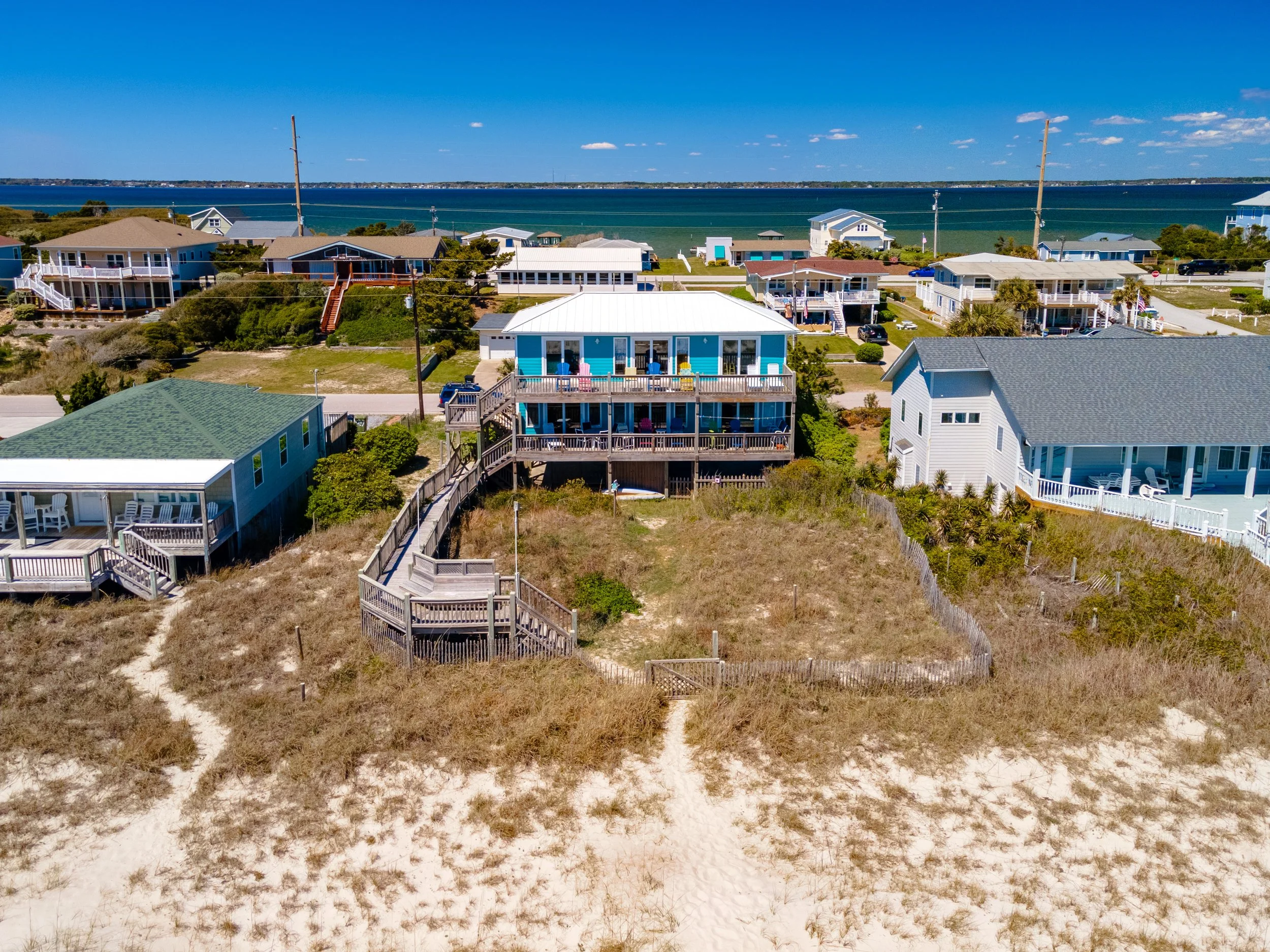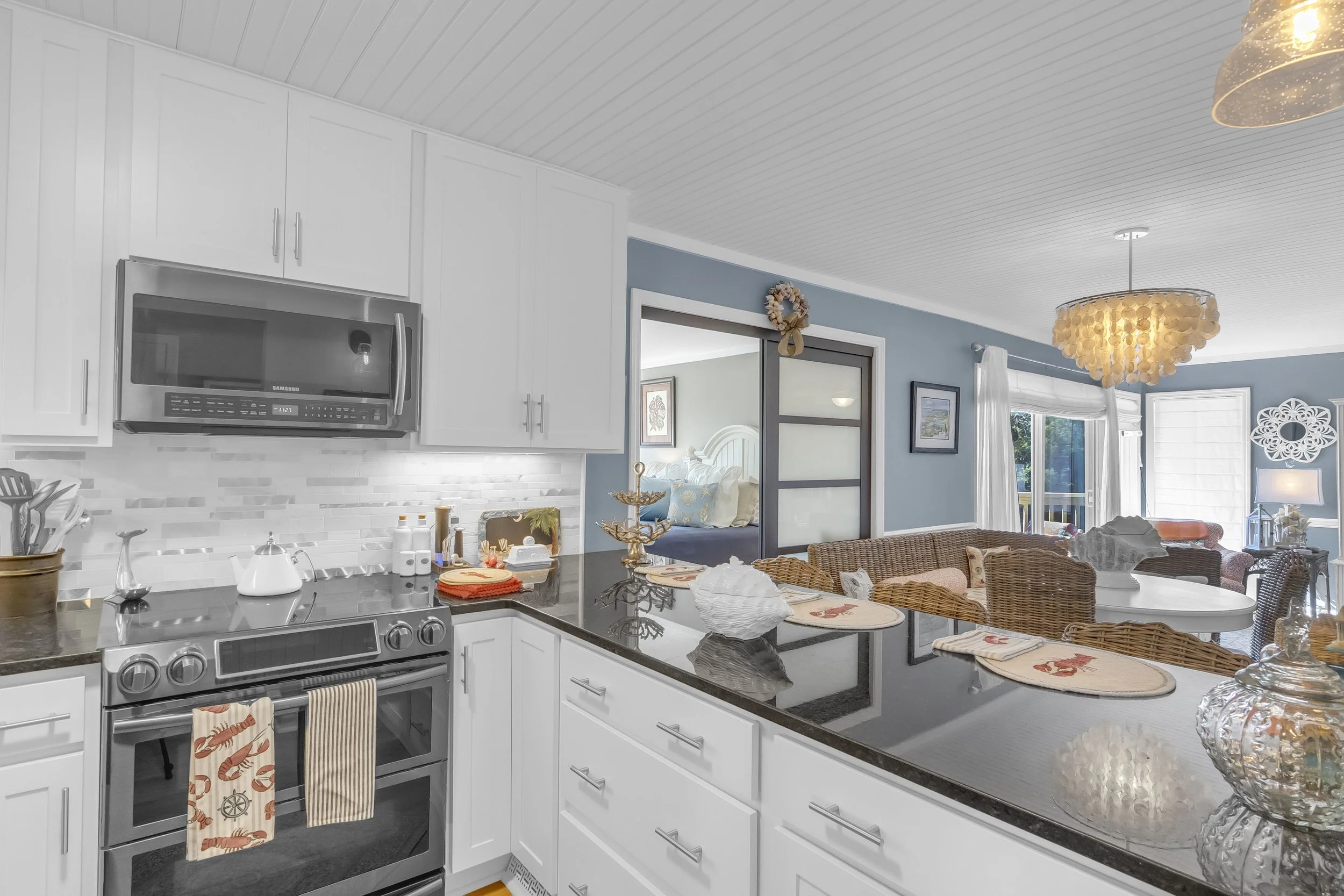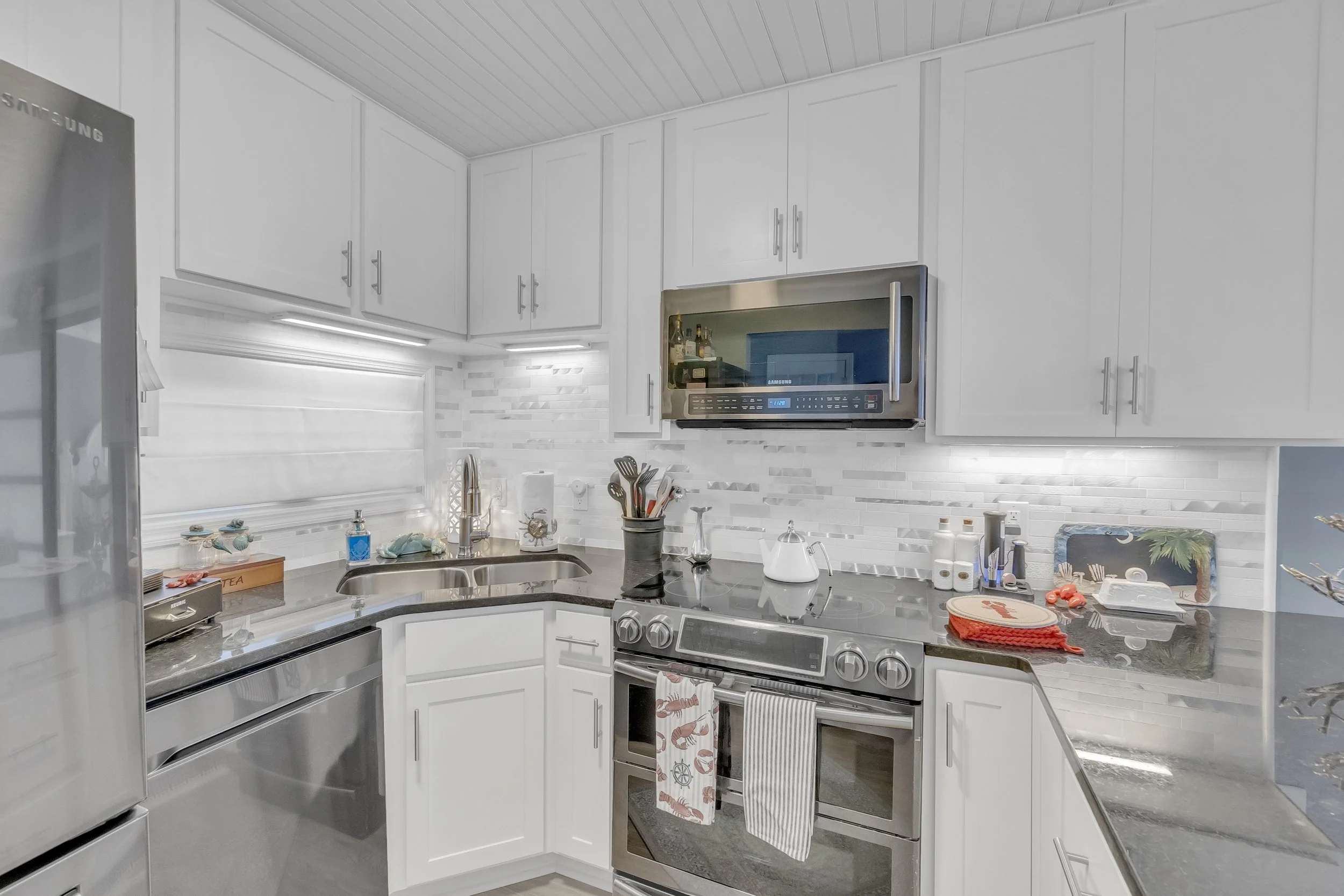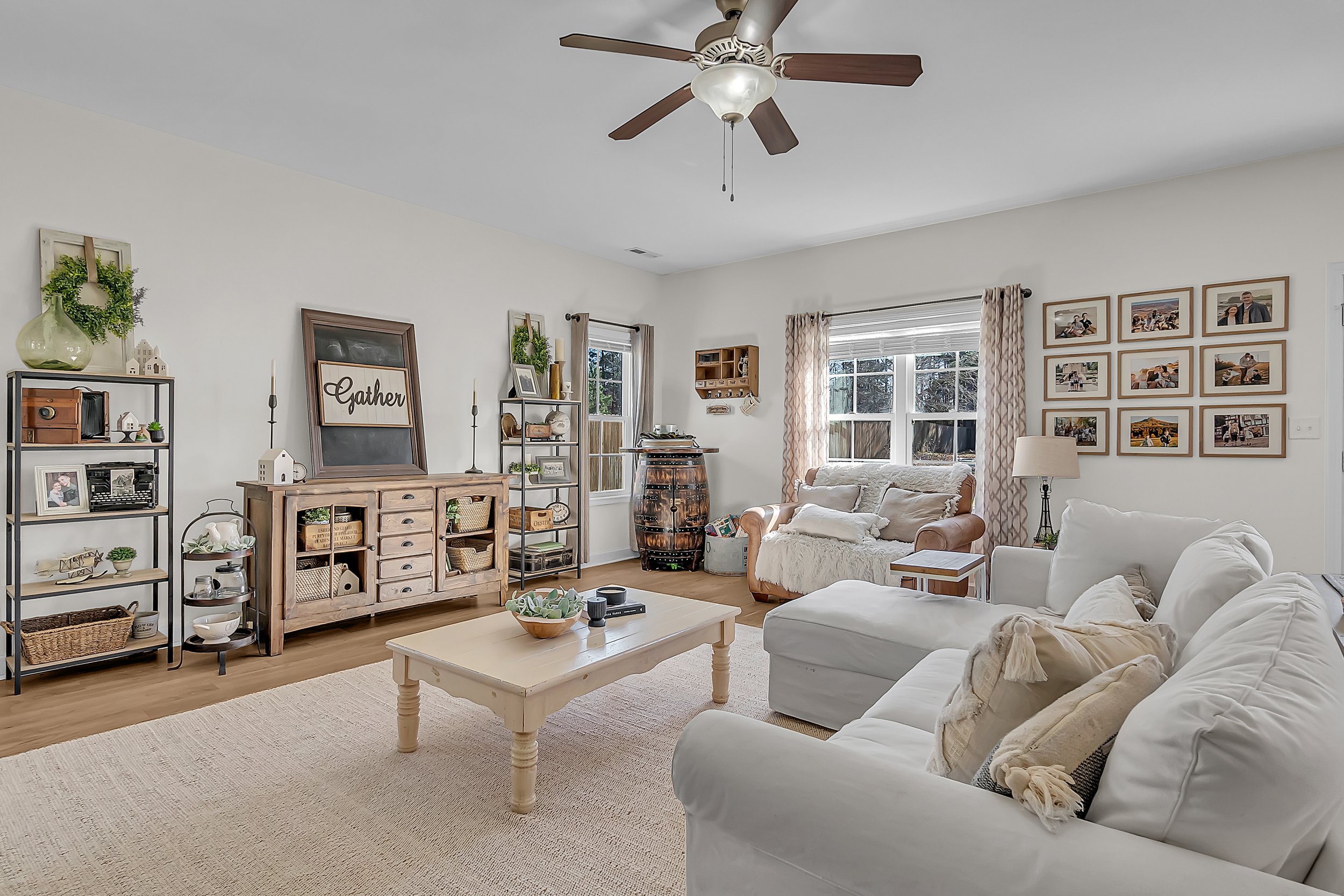Drone Pilot or Drone Photographer. Which do I need for my listing?
Aerial media is a mainstay in the 2024 real estate listing market. Realtors need to know the responsibility accompanied with hiring a drone photographer, what to do to know if their pilot is licensed, and whom to hire. This blog covers all of these topics and what to look for in a good aerial photographer.
As all realtors know, photos taken from the air are a great add-on to most listings. As a professional photographer I prefer to use the term “aerial photography” versus drone photos. Anyone with a $50 Wal-Mart drone can take a “photo”. It takes a true photographer to take proper aerial photos. Alright, I’ll get off my high horse but that doesn’t mean that I’m off the soap box just yet. In this blog I will outline the differences in a drone pilot and a drone photographer, the things realtors need to know before working with one, and why all of these things matter to a realtor specifically.
Let’s start by talking about the law. I know, everyone’s favorite subject, but it is very important to cover first and foremost because if you hire someone who is claiming to be a drone pilot and something goes wrong, the Federal Government could be in your inbox with a fine or worse. Now, to be a “legal” drone pilot who is accepting payment for services, that pilot needs two things (in the state of NC). A Part 107 permit from the FAA (Federal Aviation Administration) and a small unmanned aircraft permit from the North Carolina Department of Transportation. Both of these are required in the state of North Carolina to legally fly for commercial purposes. If you employ someone who does not posses either of these permits you could be held liable in the way of fines by the FAA and State authorities not to mention the pilot being liable to much stricter punishment. Do not be afraid to request a copy of both permits from the drone operator that you are employing as we are REQUIRED to keep both on us at all times when the drone is being flown. I’d recommend keeping a copy for your records just in case of an emergency.
”Why do I need a photographer? My Uncle Dave has a drone with a camera on it. He can take my drone photos.” No disrespect to your Uncle Dave but whenever I see drone listing photos and there is a person standing in the frame looking down at a screen or up at the drone, I know that’s the pilot. And for some reason, they park themselves directly across the street from the listing property so they’re always easy to spot. And now that you know what to look for I guarantee that you’re going to look for them from now on. Photographers know how to take properly composed photos and that applies to aerial photos as well. Yes, you want the home in the photo because that is the whole point. But, is there a beautiful horizon that can be included? What about other land marks like schools or areas of interest? A good selling point would be to mark the home with a drop pin and a nearby school with the distance listed between them. Good real estate photographers are always thinking about things like this. Presentation is everything with aerial photos as is the case with most listing photos.
Ultimately, aerial media is a mainstay when it comes to real estate listings in 2024. It’s one of those services that will grow interest in a listing while not only highlighting the listing itself but the surrounding landscape and community. If you take anything away from this blog, I want it to be this. First, make sure that whom ever you hire to be your drone pilot is properly licensed and insured. Second, hire a photographer. You’ll get the best results that way. Finally, you get what you pay for. Hire “Uncle Dave” if you like, but just know that the photos that Uncle Dave takes are a reflection of your professionalism as a realtor and not a reflection of Uncle Dave’s photography skills.
Getting My Seller Ready for Real Estate Photos
My job isn’t to come to a home, take listing photos, and leave. My job is to reassure the seller that they’ve done a good job with getting ready and to help the realtor with professional marketing material. I do that through professionalism, honesty, and a willingness to teach.
The question that I get asked the most, second only to “what is your turn around time?”, it’s 24 hours by the way, is “what does my seller need to do to get ready for photos?” In this blog post I will explain my point of view as a real estate photographer and my experience as that what looks the best and helps homes sell faster, aside from the rockstar realtors that I work with.
Now, the obvious answers to the second question is to clean (mop, vacuum, dust, pick up), paint what needs painting, and fix what needs fixing (holes in walls, missing trim, etc.). When I get this question however, what I understand the realtor to ACTUALLY be asking is “What does my seller need to get rid of or move for the best photos?” This is the more challenging to answer partly because everyone’s personal tastes as to “what looks good” is different. When I am asked this question by a realtor or seller, if they’re home while I’m there, I’m honest with them. I’ll tell them what I really think and why. If a room is sparsely decorated aside from a lamp on a shelf whose cable is clearly visible, I’ll suggest that we move it and why. If a room is packed to the gills with stuff I’ll leave it for last and ask the realtor and or seller to empty the room and then come back to it. Below, I will show several examples of good and bad rooms and what makes them a “pass” or “fail” in the realm of real estate photography.
This kitchen counter was LOADED with napkins, pen cups, bread maker, blender, decorations, candy dishes, utensils, and everything else under the sun. This apartment on the beach is less than 1000 sqft and the sheer amount of items made this already small space even more cluttered.
This is the same kitchen as pictured above and this still looks cluttered from the point of view of a photographer. In smaller spaces “less is more”. There isn’t a lot of free space to put things around the sink, stove, or immediate counter top. This property was owned by an older couple who had grown children and used the property as a summer home, so it makes sense as to why they decorated in the way that they did. But, when a home is being listed for sale, it needs to appeal to the largest amount of potential buyers.
Please don’t misunderstand. I love walking in to a beautifully decorated home and admiring the passion and tastes of the home owner. But from a marketing point of view, you as a realtor and by extension your seller, need to appeal to the largest audience of potential buyers.
When I look at this image as a photographer, I love the decorative choices. The owners of this home had gathered most of these items in Europe and were very proud of them. I took this photo for them specifically so that they could remember how this was setup and decorated if they ever wanted to replicate it or just look back fondly on the space. As a real estate photographer, this photo by itself is very cluttered. But, if you look at the next photo you will have a different idea based solely on perspective.
This is the same room as above but from the far corner of the living room where it joins the kitchen and dining area. This room is large and the wall on the left side of the room looks much more acceptable in its totality. The entire room is well lit, colors work very well, the pops of green with the light from the windows really show off this living room. This home is 2900 sqft which means the rooms are going to be larger (for the most part).
The rule of thumb is to expose as much of the floors, counters, walls, and ceiling as possible. The further into a room I can see without obstruction the better. The less blocking the foreground of the image, the better. Now, don’t go crazy and tell sellers to completely empty every single room for photos. I’m not saying that and that is just not practical. What I am saying is for sellers to take the opportunity while prepping for photos to downsize. Pack away those things that they’re not going to move with. Donate stuff, sell stuff, or give stuff away to friends. Real estate listing photos should be the easiest part of the whole home selling experience for the realtor and the seller.
My ultimate goal is to capture exactly what I see, accurately. I have many principals that I work from and one of them is this. “Buying a home is the largest financial decision for most people and I want my photos to accurately reflect what that buyer will see should they want to see the home in person.” My job isn’t to come to a home, take listing photos, and leave. My job is to reassure the seller that they’ve done a good job with getting ready and to help the realtor with professional marketing material. I do that through professionalism, honesty, and a willingness to teach.
“Why do Rooms Look Bigger in Photos?”
Is it the camera, the lens, or the editing that makes a room look “bigger” in photos than in person? The answer is D) all of the above. Let me explain…
As a real estate photographer, this is the question that I hear (and see on social media) the most. I’ve seen people say that it’s “Hollywood trickery”, a marketing ploy to get people into homes, or some other kind of intentional fraudulent act. The reality is much more benign and somewhat boring.
Real estate photography is a very specialized niche of photography. With that specialization comes the use of specific cameras and more importantly camera lens’. I use a 10mm - 18mm wide angle lens. Some real estate photographers will use a 16mm - 35mm or even a prime wide angle lens. I prefer the ability to zoom due to the difference of one room to another. Now, what about the lens makes a room look “bigger” in the photo than real life? Very simply, the curvature of the lens is what makes the image look bigger than in person as well as the height at which the photo is taken.
When I walk into a home and begin my photo shoot, I am looking for the angles that show off the features of the home. A wide angle lens allows me to get as much of the room (or rooms) in a single photo as possible. I have an exercise that anyone can do to better understand what I’m talking about. Take your cell phone and open the camera app. Now, select the smallest lens that you can. On most modern cell phones this will be a “wide angle” lens. Stand in the corner of a room and see how much of the room you can see. Now, while standing in the same spot, switch to the next lens up from the wide angle and notice how much information is lost in the photo. Next, do the same exercise but with the phone at waist height or slightly higher than your belly button. We take photos at this height (for most rooms) to get as much of the room in a single image. This includes the ceiling, the floors, and most of the walls. So, instead of taking 8 - 9 photos of a living room or master suite, I can take 4 and then add detail photos where possible.
What you’re going to notice when looking at the wide angle lens on your phone is a “bending” distortion on the edges of the photo. This is normal for wide angle lens’ due to the curvature or the lens itself. A good real estate photographer can “flatten” the image in a photo editor to remove said distortion. This makes the image look more natural while retaining all of the images detail and information. The point of view also adds to the image making a room look “bigger” than in real life.
As a photographer, I recognize that buying a home is the largest investment that most people will make in their entire life. I’m very serious about presenting the home that I am photographing as accurately as possible. While the buyer will most likely never meet me, they are beginning their home search by looking at photos that I’ve taken and I want what they see in those photos to accurately represent what they see in person. We are limited to the tools that we have as photographers so wide angle lens’ and editing is what we will use.
What Should a Realtor look for in a Photographer?
It’s hard to find a good and reliable real estate photographer. In this blog, I list some of the things a realtor can look for and where to find them when looking for a real estate photographer.
When a realtor is looking for a real estate photographer, there are several important factors to consider to ensure they find a professional who can showcase properties effectively. Here's what a realtor should look for:
Portfolio
Quality of Work: Look for clear, well-lit, and attractive photos. The portfolio should demonstrate a good understanding of lighting, composition, and angles.
Variety: A diverse portfolio showing different types of properties (homes, apartments, commercial spaces) and lighting conditions (daylight, twilight, interior, exterior).
Experience and Expertise
Real Estate Specialization: Ideally, the photographer should specialize in real estate photography. This ensures they understand the specific needs of the industry.
Years of Experience: More experience often means better knowledge of how to highlight property features effectively.
Professional Equipment: They should use professional-grade cameras, lenses, and lighting equipment for high-quality results.
Style and Technique
Consistency: Look for a consistent style throughout their portfolio. This helps maintain a cohesive look for your listings.
Attention to Detail: A good photographer will pay attention to small details like straightening lines, decluttering, and staging.
Pricing and Packages
Transparent Pricing: Clear pricing with details on what's included (number of photos, editing, virtual tours, etc.).
Packages: Offerings of different packages to suit varying needs and budgets.
Reviews and References
Testimonials: Check for reviews or testimonials from other real estate agents or clients.
References: Ask for references and follow up with them to get an idea of their professionalism and quality of work.
Availability and Flexibility
Quick Turnaround: In real estate, speed is often crucial. A photographer who can deliver photos quickly is valuable.
Flexible Scheduling: They should be able to accommodate various schedules, including weekends for open houses.
Understanding of Real Estate Marketing
Understanding of the Market: A good real estate photographer should understand the local market and what buyers are looking for.
Knowledge of Trends: Awareness of current trends in real estate photography and technology (like drones for aerial shots, virtual tours, etc.).
Communication
Clear Communication: Ensure they understand your requirements and can communicate effectively.
Collaborative Attitude: A photographer who is willing to work with you to achieve the desired results.
Technology Skills
Editing Skills: Ability to professionally edit photos to enhance their appeal without misrepresenting the property.
Drone Photography: If needed for the property, the photographer should be licensed and experienced in drone photography.
Professionalism
Punctuality and Reliability: They should arrive on time for shoots and deliver on their promises.
Business Etiquette: Professional demeanor when dealing with clients and property owners.
Legal and Insurance
Licensed and Insured: Ensure the photographer has the necessary licenses and insurance, especially if using drones or working with expensive equipment on properties.
By considering these factors, a realtor can find a real estate photographer who not only takes great photos but also understands the industry's unique needs and can effectively market properties through their work.
Who is Austin Bagwell?
My name is Austin Bagwell and I am the owner of Ignis Media.
I am native born to North Carolina. I was born in Raleigh and moved to the Crystal Coast in 2020.
I started my working career at 17 when I enlisted in the United States Army Reserves. I graduated high school in 2006 and worked a few jobs before going active duty in the Army in 2008. I served in the 82nd Airborne Division in Fayetteville, North Carolina until 2010 with one combat deployment to Iraq. After getting out, I became a police officer for a short while and then moved into retail loss prevention and investigations. I worked for Belk, Cabela’s, and TJ Maxx. After almost 10 years, I made the change to IT and working in computer repairs. Being the active and entrepreneur person that I am, I wanted to start a “Camping YouTube” channel during 2020. I reached out to a friend of mine who is a very successful wedding videographer and started asking about cameras. God bless his soul, I must have been to most annoying person alive with all of my questions. At one point, he said “bro, just YouTube it.” And I thought “that’s a great idea.” So to “YouTube U” I went to learn all that I could. I settled on a camera but didn’t know how to use it. That is when that same friend suggested that I look into real estate photography to learn my camera. Back to “YouTube U” I went! I learned everything I could and shot my shot with a realtor who was kind enough to give me the time of day.
Real Estate Media is something that I love. I love the technical aspects, the interactions that I get to have with realtors and sellers, and the knowledge that my media (photos, videos, drone media, and floor plans) are influencing peoples decision making. Obviously, the realtor is doing a TON of work on their end. That goes without saying. But with the knowledge that 89% of home buyers have stated that online photos have helped them make their decision to buy a house, I know that my work is instrumental in their decision making. Also, it’s cool to think that my photos have helped to sell millions of dollars worth of property. My goal is to help people. I have centered most of my career on jobs that do just that, but now, I get to do it while doing something that I love. Taking
Why Ignis Media and Why Real Estate Photography?
Why Ignis Media and Why Real Estate?
Hi, my name is Austin Bagwell and I am the owner of Ignis Media. I started this business with the primary goal of helping people realize their own goals through my photography and videography. Ignis is Latin for “fire” and my idea was to “ignite peoples passions through my media.” It’s corny, I know, but that’s the idea that started it all.
I became exposed to real estate photography from a friend of mine. Now, he’s not in real estate media or even a photographer. But, he is a very successful wedding videographer and has technical experience with cameras. Coming from a technical background myself, I was obsessed with the “how to” of photography and my friend suggested that look into real estate photography to learn the technical aspects of my camera. I started to do research, thank you “YouTube University”, and taught myself all of the technical aspects of how to do a real estate photo shoot. I spent months learning how to shoot and finally, while my wife and I were looking for our first home, I let slip to my realtor that I owned a photography business (Austin Bagwell Photography LLC) and would like to shoot listing photos for her. Luckily, she was a new realtor and gave me a chance.
I’ve ventured into other mediums and other types of media. Things like small business videos, social media videos, and even weddings. But, I always come back to real estate media. I cherish the thought that my photos are being viewed by hundreds or even thousands of people every day. I like that I am helping my clients (realtors) and their clients (sellers) meet their goal of selling their home as fast as possible and for as much as possible. I also like that I am helping someone make the most important (and for most of us the largest) financial decision for themselves and their family that they will ever make. That means the most to me. I am responsible for helping families grow, move, and start new chapters. The LAST thing anyone should be worried about is listing photos and I make it my mission to make it as painless and as easy as possible.















